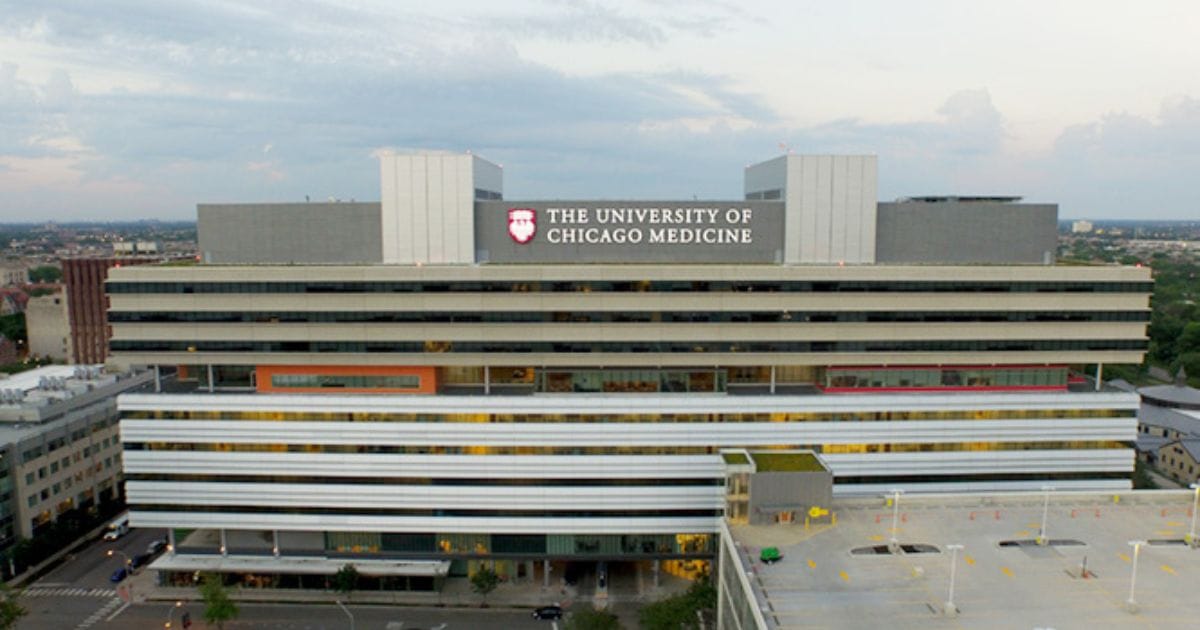Photo caption: Dr. Selwyn O. Rogers, Jr.

Dr. Selwyn O. Rogers, Jr., Chief of Trauma and Acute Care at UChicago Medicine Hospital, and Executive Vice President of Community College Engagement, warned that with gunshot victims on the rise, trauma care is in a crisis state but working together, there can be healing and recovery.
Interviewed Tuesday, July 18, at the 57th annual Rainbow PUSH Coalition/PUSH Excel Convention at the University of Chicago’s David Rubenstein Forum, Rogers spoke on” Striving for Equity in Trauma Care: Crisis or Opportunity.”
Admitting trauma care is in a crisis state, Rogers said there is also an opportunity. He told the Chicago Crusader, “We can transform that pain and suffering into wellness and recovery, but we’ve got to do that together.”
The founding director of the UChicago Medicine Trauma Center, Rogers, a professor of surgery, is also the associate editor of the New England Journal of Medicine, the oldest continuously published medical journal.
He said 5,000 trauma patients are seen at the University of Chicago Medicine every year. About 2,000 or 40 percent of those patients have been the victims of firearm-related injuries.
“At least 2,000 people have been shot on the Southside that we have been caring for in the course of a year, year-after year,” he said. Asked how much that is costing the hospital, Rogers said, “I’ve never been able quantify the monetary part, but the emotional, psychological and human cost is tremendous.”
“We are losing the human potential. For every person who is injured, there are tens of people affected and those affected don’t have to be shot. They just have to be in proximity,” Rogers explained. “Everyone who is close, those in the family, in a friend group, in the clique, and that clan is negatively impacted when one person gets shot.”
When asked how much these trauma cases affect the hospital’s budget, Rogers said, “We’re blessed that the State of Illinois pays for trauma care because they believe it is important. Right after you are injured, there are resources for financial services related to the injuries.”
Rogers said in Illinois there is an expansion of Medicaid. Most people who don’t have insurance can convert to Medicaid as a form of health insurance he equated to the Obamacare health care plan, officially called the Affordable Care Act (ACA).
However, Rogers said what is not well compensated is recovery care, referring to rehabilitation, home health care, and additional services after a patient is discharged from the hospital.
Asked who picks up the tab for those additional services, Rogers said society does.
“All of us pay for these additional services because these costs get absorbed in lost worker productivity. They get absorbed by mental health needs. They get absorbed by lost human capacity to love, learn and play,” he stated.
Asked how many children suffering from gunshot wounds does UChicago Medicine see, Rogers said it depends on what you deem as children. He is the father of three sons ages 21, 24 and 27. “They are my children,” he said.
But officially Rogers said the federal government considers someone a child under the age of 18, while others say 21. “Every year we see in the order of about 800 children under the age of 18 who are injured by firearms, car accidents….”
Asked if he also sees infants, Rogers said, “Unfortunately we do. The youngest person we have seen shot was a one-year-old. Asked his reaction to that, Rogers said, “It makes me feel deeply sad, but in the moment, I can’t focus on my feelings. I have to focus on what will save a life.
“In some ways, as trauma surgeons, we adopt the ability to let our own feelings, emotions fade into the background because we have to activate all that we know, all that we have learned to save the life in front of us,” Rogers explained.
However, he said you walk away from that operation table, “after you are secluded, after the drive home, at a ballpark, there are times when the horror overwhelms me, and I just start crying because you know the suffering. You’ve been up close to the suffering. You can’t unhear the cries of the mother, the wailing of the father, the loss, the suffering. As a parent, I see my own child,” he said.






